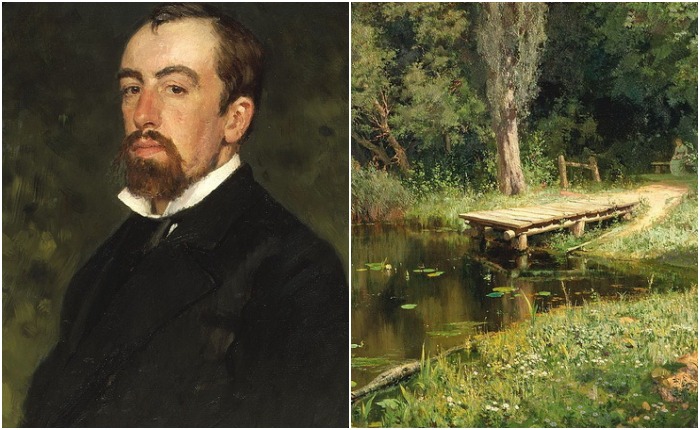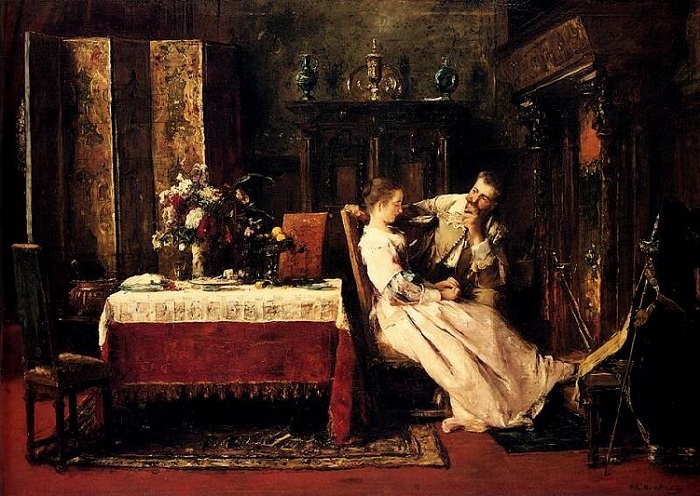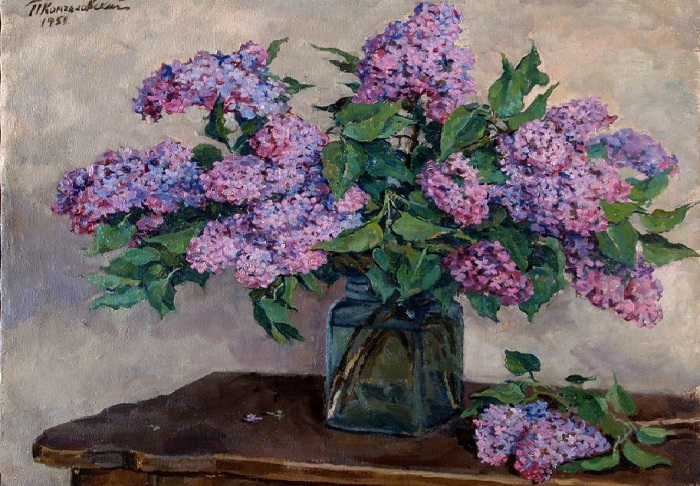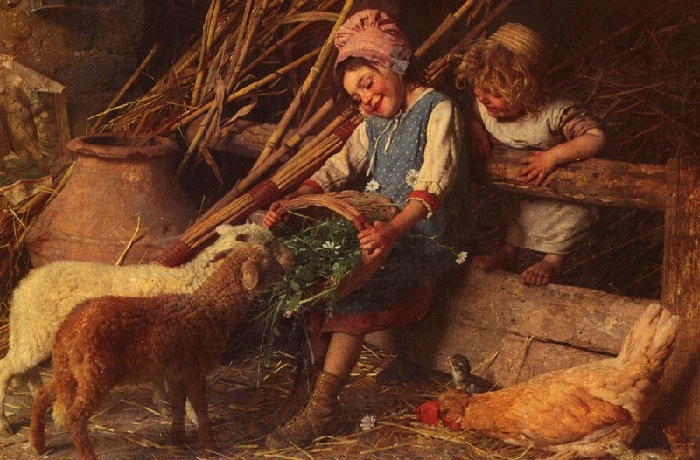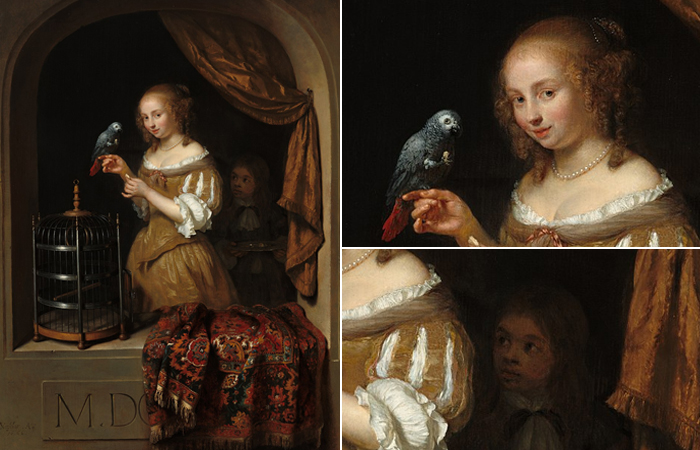Secret meanings of Brueghel’s visual “Flemish proverbs: Reflection of the essence of man and being
 Northern Renaissance Master Brueghel the Elder is a Dutch Renaissance artist and engraver known for landscapes and peasant scenes. He was sometimes called the “peasant Brueghel.” He portrayed his incredible Dutch proverbs more than 450 years ago. This painting, also known as “The World Upside Down,” is a detailed masterpiece visually representing more than 100 Dutch proverbs.
Northern Renaissance Master Brueghel the Elder is a Dutch Renaissance artist and engraver known for landscapes and peasant scenes. He was sometimes called the “peasant Brueghel.” He portrayed his incredible Dutch proverbs more than 450 years ago. This painting, also known as “The World Upside Down,” is a detailed masterpiece visually representing more than 100 Dutch proverbs.
The plot of the picture
The canvas of the XVI century, painted in oil on oak and measuring 64 by 46 inches, is spelled out with many miniature men, women, children and animals who perform a number of unusual and bizarre actions in their village. Individual scenes are played side by side, without direct dependence on each other. The background for all this diverse activity consists of a rural house, dilapidated huts, a stone bridge with columns and a tower, a village square in the center and a manor among corn fields. In the distance, the open sea shining in the sun is visible. The old name of the painting “The World Upside Down” comes from the globe, standing on a symbolic head. This is intended to illustrate that people are in a world in which everything is not as it should be. Continue reading
Symbolism of the most mysterious stone: Women with pearls in the paintings of famous artists
 The dual nature of pearls has inspired artists at all times: pearls have been used for centuries as attributes of vanity, purity, innocence and even generosity. According to the National Gallery of Art, “symbolically, pearls were associated with vanity and worldly cares. Titian, for example, dyed Venus’s hair adorned with pearls. They can also represent purity, as can be seen from Lorenzo Lotto’s painting of St. Catherine.”
The dual nature of pearls has inspired artists at all times: pearls have been used for centuries as attributes of vanity, purity, innocence and even generosity. According to the National Gallery of Art, “symbolically, pearls were associated with vanity and worldly cares. Titian, for example, dyed Venus’s hair adorned with pearls. They can also represent purity, as can be seen from Lorenzo Lotto’s painting of St. Catherine.”
In 17th-century Dutch painting, pearls are depicted in earrings, necklaces and bracelets of heroines in portraits, historical paintings and vanitas objects. Perhaps the most famous painting with pearls is rightfully considered the “Girl with a Pearl Earring” by Jan Vermeer.
Jan Vermeer “Girl with a Pearl Earring” Continue reading
“Love Letter” by Jan Vermeer: Why the lute is central to the picture
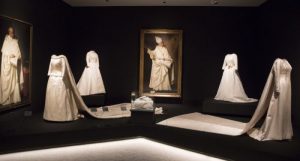 Cristobal Balenciaga once said that “a good fashion designer should be an architect for patterns, a sculptor for form, an artist for design, a musician for harmony, and a philosopher for fit.” And it is not surprising that in the 20th century he ruled high fashion with innovative clothing inspired by unusually traditional Spanish sources. The Basque fashion designer took replicas from regional clothing, folk costumes, bullfights, flamenco dances, Catholicism and, of course, from the history of painting. And in the end, he created what conquered the world for centuries.
Cristobal Balenciaga once said that “a good fashion designer should be an architect for patterns, a sculptor for form, an artist for design, a musician for harmony, and a philosopher for fit.” And it is not surprising that in the 20th century he ruled high fashion with innovative clothing inspired by unusually traditional Spanish sources. The Basque fashion designer took replicas from regional clothing, folk costumes, bullfights, flamenco dances, Catholicism and, of course, from the history of painting. And in the end, he created what conquered the world for centuries.
The Balenciaga collection is full of stocky silhouettes, stooped shoulders and neat trouser lines. But the fashion house today, under the leadership of Demna Gvasalia, represents a completely different aesthetic than what Cristobal himself did during his lifetime. “They cannot be compared,” explains Eloy Martinez de la Pera, curator of the new Balenciaga and Spanish Painting exhibition in Madrid, which combines ninety works of the Balenciaga couture with 56 masterpieces of Spanish painting that inspired the designer. “Balenciaga’s story ended when he stopped making clothes. His story was extremely personal, but today Balenciaga has a completely different story, and it is also worth telling. ” And in order to truly recognize Cristobal himself, it is important to know the key elements of Spanish art that shaped his aesthetic vision. Continue reading
How the main romantic of Germany Caspar Friedrich spoke about God with atmospheric landscapes
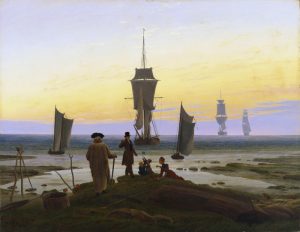 Caspar David Friedrich is one of the leading figures in the German romantic movement. His mysterious, atmospheric landscapes and seascapes proclaimed human helplessness against the forces of nature and did much to validate the idea of the Exalted as the central problem of romanticism.
Caspar David Friedrich is one of the leading figures in the German romantic movement. His mysterious, atmospheric landscapes and seascapes proclaimed human helplessness against the forces of nature and did much to validate the idea of the Exalted as the central problem of romanticism.
Family drama
Human helplessness and melancholy, high feelings of the hero in the paintings are caused by sad events in the life of the artist himself. By coincidence, Frederick knew death very early: his mother, Sophie Dorothea Behli, died in 1781, when Caspar was only seven years old. At the age of thirteen, Caspar David witnessed how his brother Johann Kristoffer fell through the ice of a frozen lake and drowned. According to some reports, Johann Kristoffer died, trying to save Caspar David, who also nearly drowned. His sister Elizabeth died in 1782, and the second sister, Mary, died of typhus in 1791. Sad circumstances with loved ones, as well as the immersion of the artist himself in spiritual and mystical poetry, influenced his work and served as the basis for the confirmation of Caspar David Friedrich as the leader of German romanticism. Continue reading
“Love Letter” by Jan Vermeer: Why the lute is central to the picture
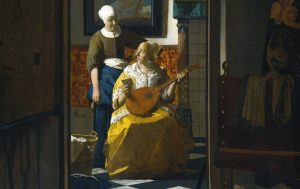 At the first glance at Jan Vermeer’s famous painting “Love Letter”, the name seems far-fetched, because the letter itself is hardly noticeable. But the lute in the hands of a woman plays a much more significant symbolic role. What does the letter contain? And what does the lute matter in the picture?
At the first glance at Jan Vermeer’s famous painting “Love Letter”, the name seems far-fetched, because the letter itself is hardly noticeable. But the lute in the hands of a woman plays a much more significant symbolic role. What does the letter contain? And what does the lute matter in the picture?
Genre painting
The paintings, which allow the observer to look at the everyday life of the depicted people, were especially popular in the XVII and XVIII centuries. They are called genre paintings, and Dutch genre art occupies an undeniable place at this stage in the history of art. A particularly popular topic was symbolism. Pictures depicting love letters can be attributed to a separate category of genre painting. Artists such as Jan Vermeer, Gabriel Metsu and Samuel van Hoogstrate have contributed to the world of art with canvases of this plot. Continue reading
